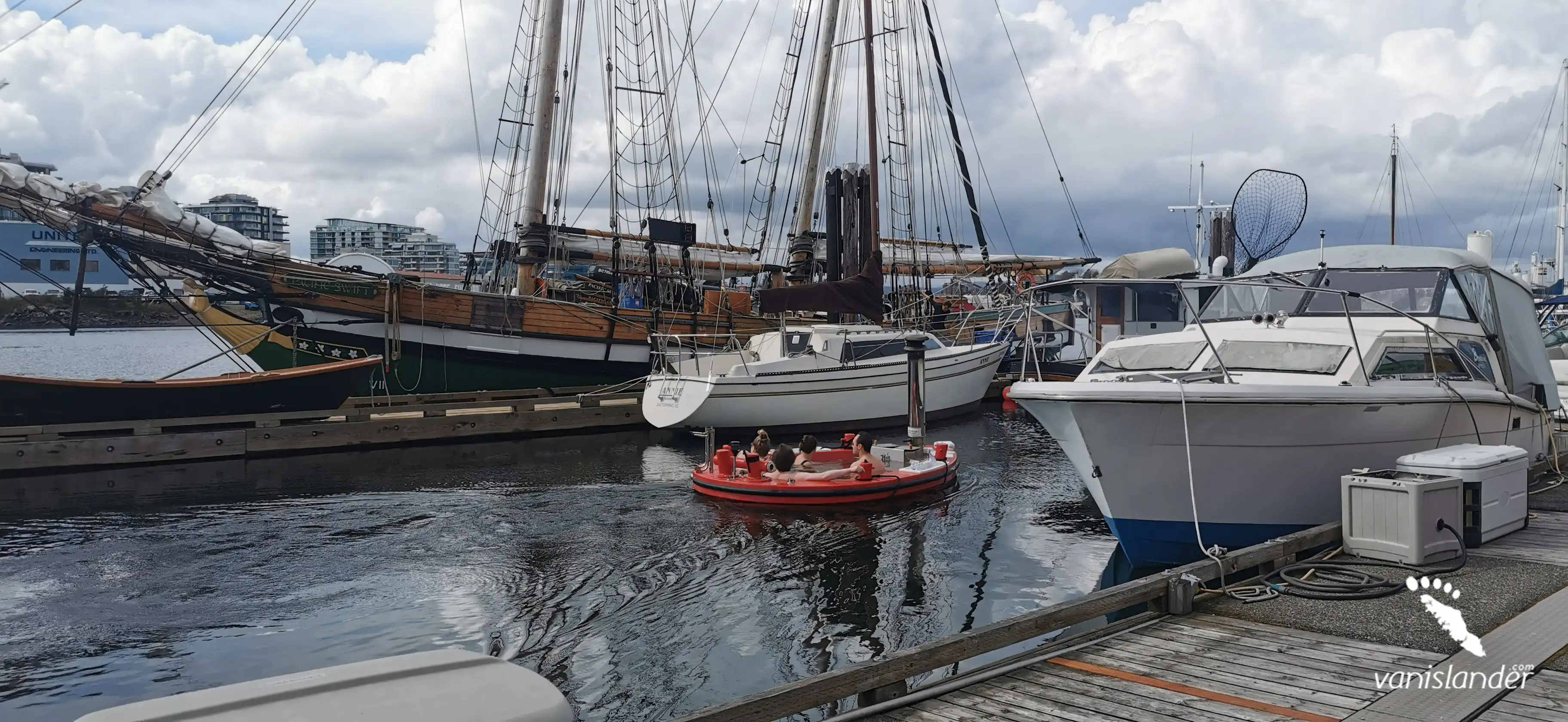
|
Month |
Weather Conditions |
Trail Accessibility |
Considerations |
|---|---|---|---|
|
April
|
Cool, wet; increasing sunshine towards month-end.
|
Partially accessible; muddy trails in areas.
|
Fewer crowds; ideal for bird watching; prepare for mud.
|
|
May
|
Variable; cooler temperatures with increased rainfall.
|
Trail open; some campsites may be closed.
|
Less crowded; prepare for wet conditions.
|
|
June
|
Mild temperatures; moderate rainfall.
|
Trail open; most campsites operational.
|
Increasing number of hikers; moderate weather.
|
|
July
|
Warmer temperatures; drier conditions.
|
Trail open; all campsites operational.
|
Peak season; higher demand for permits.
|
|
August
|
Warm temperatures; drier conditions.
|
Trail open; all campsites operational.
|
Peak season; higher demand for permits.
|
|
September
|
Cooling temperatures; increased rainfall.
|
Trail open; some campsites may be closed.
|
Less crowded; prepare for variable weather.
|
|
October
|
Cooler temperatures; higher rainfall.
|
Limited access; wet and slippery areas.
|
Wear proper gear; daylight hours decreasing.
|
|
November
|
Cold, wet; heavy rain likely.
|
Limited access; trail conditions vary daily.
|
Confirm trail conditions; flash floods possible.
|
|
December
|
Cold; snow possible at higher elevations.
|
Some trails closed; weather dependent.
|
Cold weather gear required; check weather alerts.
|
|
January
|
Coldest month; snow likely, slippery trails.
|
Often inaccessible due to snow.
|
Not ideal for casual hikers; extreme cold.
|
|
February
|
Cold; potential snow and icy conditions.
|
Snow and ice can limit accessibility.
|
Plan cautiously; dress for icy terrain.
|
|
March
|
Cool, wet; frequent rain.
|
Partial access; weather dependent.
|
Prepare for rain; early wildflower sightings possible.
|